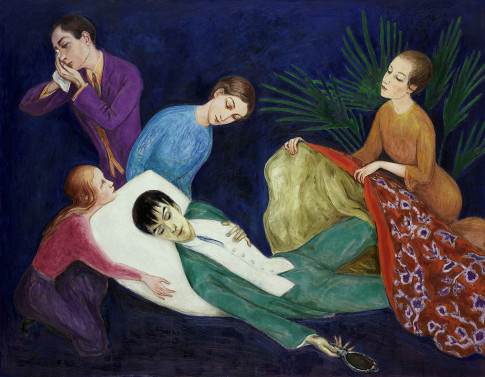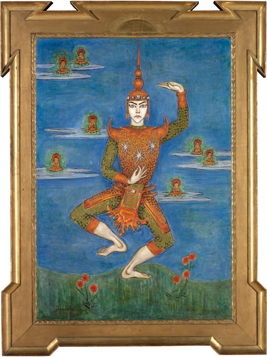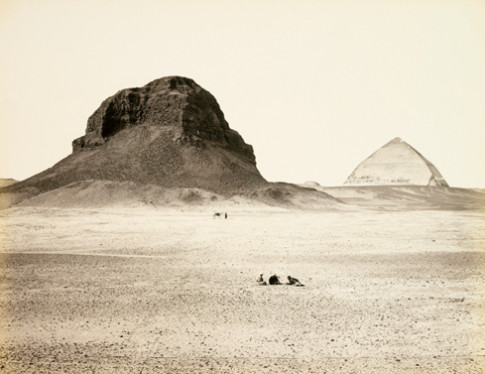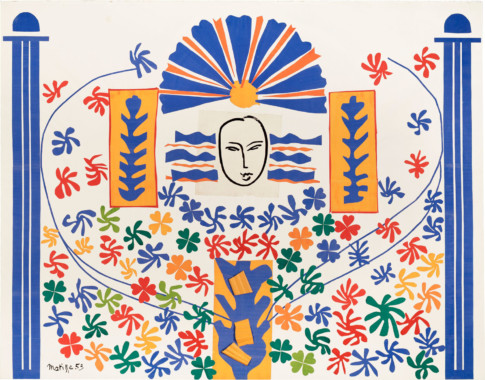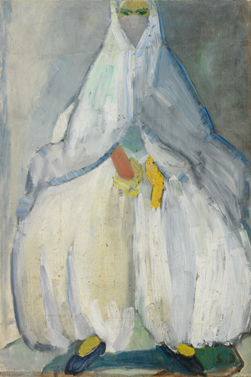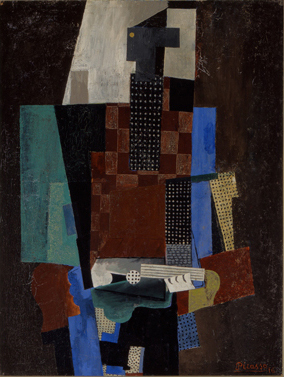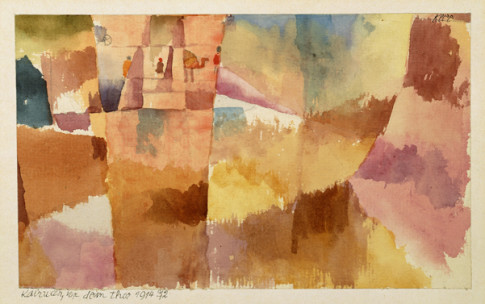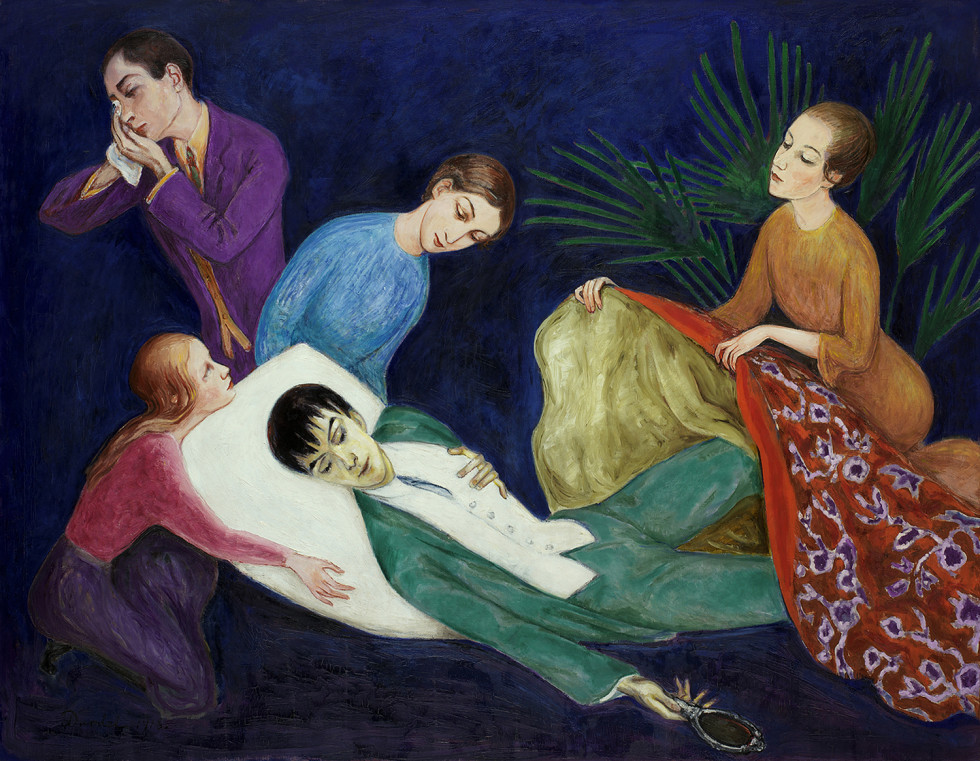
Nils Dardel, The Dying Dandy, 1918 © Nils Dardel
Paris 1900 – On Stage and in the Art World
Paris became a melting pot for ultra-modern art, and contacts among artists from a wide variety of different countries developed there. But Paris was also a free zone in which homosexuality and alternative lifestyles could be explored without prejudice. Two characters that recur in a many different forms are the dandy and la garçonne—the feminine man and the woman dressed in men’s clothes. A third is the odalisque, the nameless reclining woman borrowed from harem scenes.
Through the years around 1900 it became increasingly common to travel beyond the bounds of Europe. Artists and intellectuals traveled in search of inspiration from other cultural spheres at the same time that a great effort was underway to map and colonize the world outside of Europe. The confrontation with the religions of the world brought profound changes. The lure of the “exotic” and what many considered the “primal” was rooted in the burgeoning industrialization of Europe, and often led to a romantic view of “the other” in Orientalist styles. At the same time, “Oriental” was a pejorative term in many contexts.
The idioms of non-European visual arts had a great influence on artists such as Picasso and Matisse during the first decades of the twentieth century. It was thought that something “real” and authentic could be found in African sculpture, in contrast to the academic European culture many considered depraved. Persian miniatures and Japanese wood block prints appealed with their brightly decorative colors and bold compositions.

